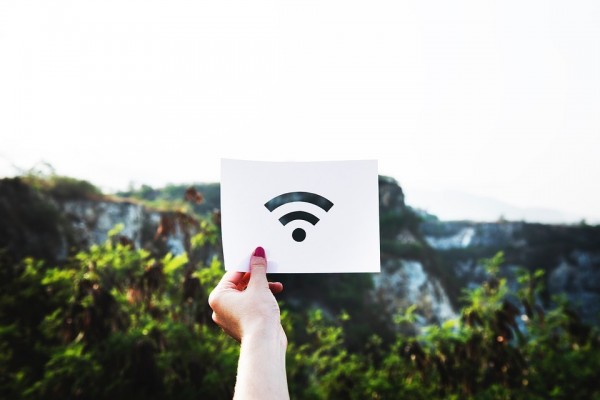WiFi 7 for ubiquitous access

Outdoors we use mobile communication networks, and in public places or at home we use wireless local area networks. It is now commonplace.
The combination of WAN and LAN constitutes our overall network today. Everyone is familiar with 4G and 5G in the WAN. In this issue of the digital transformation strategy, I mainly want to talk about the WiFi in the latter LAN.

In public places or at home, everyone will naturally choose to connect to WiFi, but WiFi 6 and WiFi 7 are not clearly perceived by the public, and they may only see such key labels when buying a router.
In fact, many manufacturers have brought their WiFi 7 products to the MWC (Mobile World Congress) this year, which is also a weather vane in the field of communications.
So compared to the illusoryness of the Metaverse and Web3, we can indeed see the arrival of WiFi 7 in the next three years.
The development of WiFi 7 is completely different from that of communication networks. It belongs to small steps and constant iterations. This can be seen from each release version of the WiFi 7 standard.
The WiFi Alliance also gave the standard process of WiFi 7. The standard 1.0 draft will be released in May 2021, the 2.0 version is scheduled for March 2022, the 3.0 version is scheduled for November 2022, and the 4.0 version is scheduled for November 2023. Continuous evolution .
Compared with WiFi 6, the improvement of WiFi 7, in addition to the large bandwidth of 320MHz of 6GHz, MLO (multi-link operation), multi-AP (wireless access point) collaboration, and 4K QAM modulation and demodulation technology are very obvious for user experience improvement. . However, the real commercial use of 6GHz requires end-to-end cooperation. At present, there is not much support for mobile phones and computers.
At present, only the United States and South Korea can officially certify the 6GHz spectrum of WiFi. China is expected to use 6GHz in the next-generation mobile communication 6G network, and will also reserve some resources for WiFi 6GHz. It should be noted that WiFi 7 can be deployed not only in 6GHz, but also in 2.4G and 5GHz, but without the large bandwidth of 320MHz.
At the same time, the chip is an important core of WiFi 7. Now Qualcomm, Broadcom, and MediaTek are all providing chips for WiFi 7. With chip devices, they will follow, such as AP and other products.
"WiFi 7 has solved the pain points of some enterprises and industry customers in terms of speed increase, function enhancement and performance improvement." Communication experts said that WiFi 7 will play an important role in high-bandwidth application scenarios, such as high-quality video, AR/VR , virtual live broadcast, cloud games, etc. all have certain competitiveness.
Now it seems that operators are also expanding the coverage of 5G. Some scenarios that cannot be reached by optical fiber can be solved by connecting WiFi AP nodes under 5G. The combination of 5G and WiFi may be more effective for customers in the future. Achieve ubiquitous access.